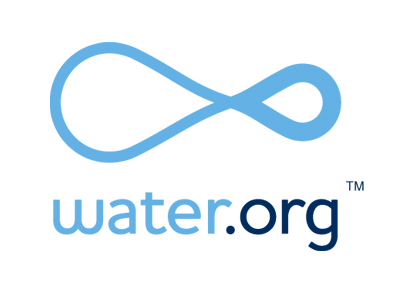 “Hey boss, Client Centric Sales says you need to buy me a Benz so I can qualify my prospects.”
“Hey boss, Client Centric Sales says you need to buy me a Benz so I can qualify my prospects.”
No, I wouldn’t try and get away with that. But I have to admit, the best qualification tool I ever had was a Mercedes I once owned. The car was great in every way, but it was not until I started taking prospects to lunch in it that I learned the car’s true value.
“Boy, this is sure a fancy car,” my prospects would often say. “You guys must charge high prices if you can afford this.”
Sounds like a reasonable conclusion, doesn’t it? If my company was paying me enough that I could afford a brand new Mercedes Benz 300E, I must be another overpaid salesman whose inflated prices were absorbed by the customer.
The problem with this logic is that it was based on a false assumption. You see, I bought not a new car, but a nine year old used car. One of the great things about Mercedes back then was that they didn’t change body styles very often. So my nine year old car looked just like the current model. I paid $19,000 for it (the price when new was over $50,000).
I could have paid $17,000 and bought a brand new Ford Taurus (insert snoring sound effect here). After three years, the Taurus would have been worth about $9,000. After the same three year period, my Mercedes would be worth about $17,000. Basic math shows that my used Mercedes was a better value.
When I would talk to my prospects over lunch and explain this, I watched and listened carefully. Did they understand that I was using my car to illustrate the difference between PRICE and COST? Yes, the Mercedes had a higher PRICE, but after the three year period that most people own a car, it would have a lower COST. And ultimately, the enjoyment of driving the Mercedes compared to a Taurus has higher. This all came together to make the Mercedes a better VALUE.
Price, cost, value…did my prospect understand this?
If, after hearing what became known as Jack’s Car Story, the prospect said something like, “Yeah, but it sure is an expensive car,” I knew that this person was not going to fit the parameters of what I was looking for in a new client. I would not be, nor would I want to be, the cheapest company in town. If the prospect instead said something like, “You have a good point there, I never thought of it that way,” I knew that I had a prospect with whom I could enter into a mutually beneficial, long-term relationship based on the value I could bring to him and his company.
This may seem like a simplistic example, and it is. How obvious could it be to my prospects, after hearing my story, that the Mercedes was the better value? And yet about half of them just didn’t get it. As I used the story more and more as a tool for qualifying my prospects, I noticed that my closing ratio was going up. Over six months, I went from closing 20% of the projects that made it to the proposal stage to over 80%.
I didn’t become a better salesman…I became a better qualifier.
I still use this story today when talking to prospects, even though the car is long gone. “Yes, Mr. Customer, my company is the highest price in town,” I often say. “However, my company has the lowest cost in town. Let me explain all the ways we can help you get the best value anywhere.”

